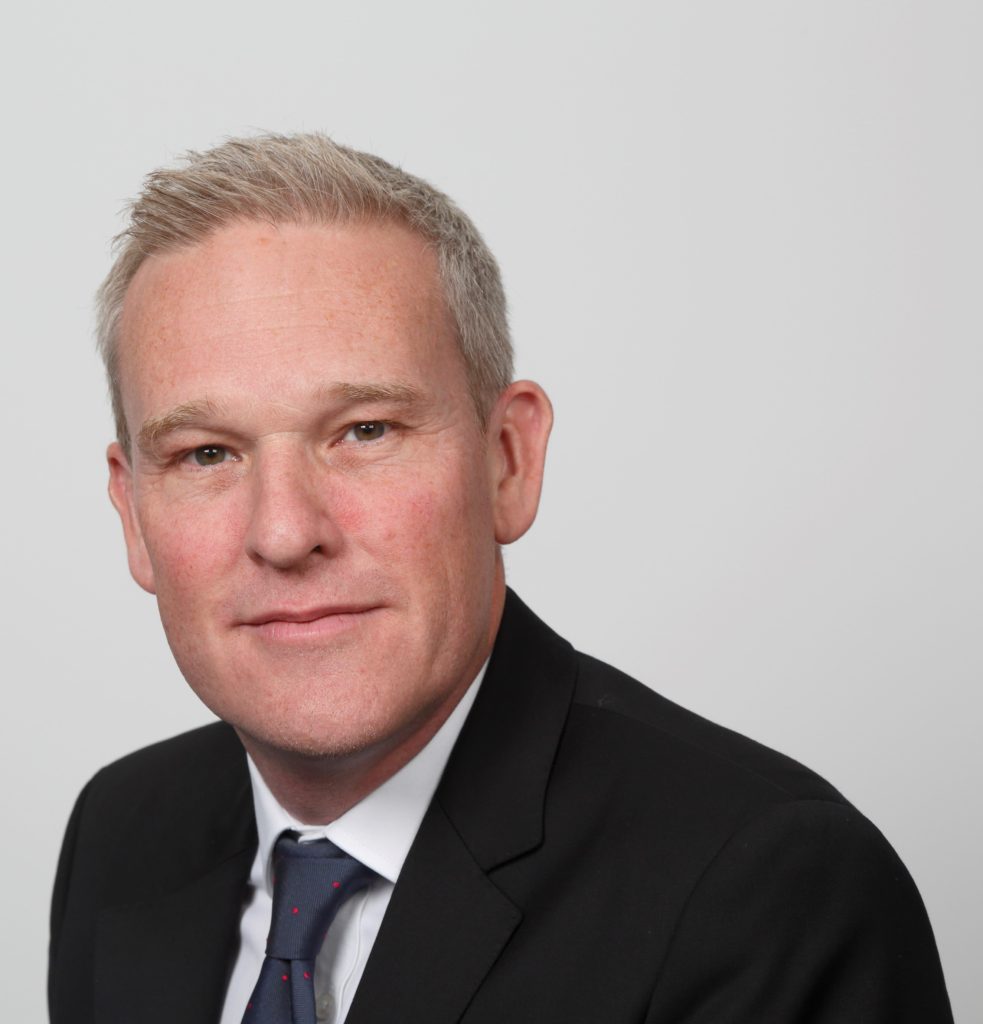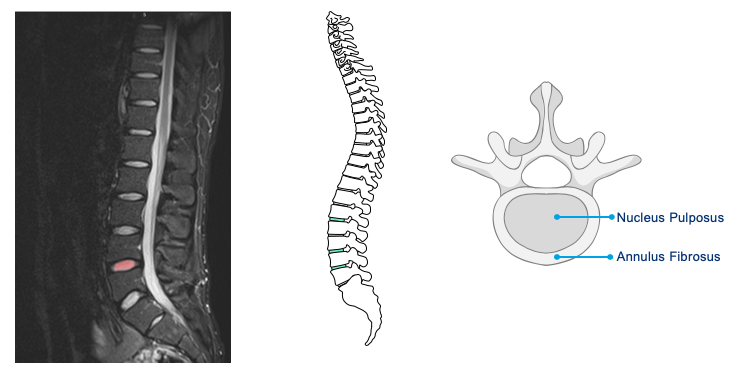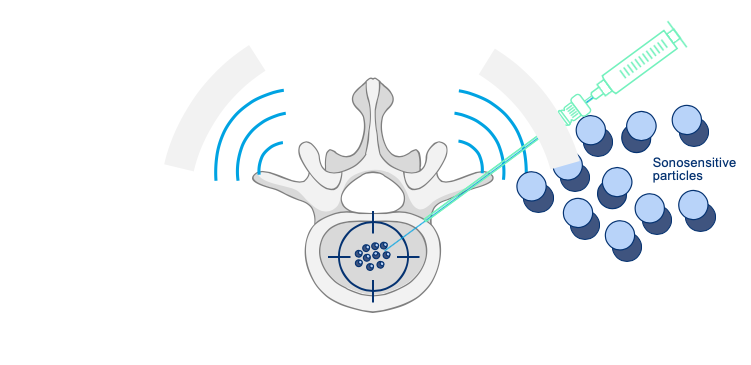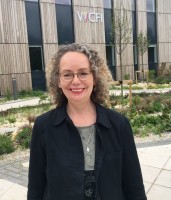Spinal image. Pic: Orthoson
OrthoSon’s ‘surgery down a needle’ ultrasound treatment for back pain gets funding boost
Sufferers of severe back and neck pain are closer to receiving a new type of less invasive treatment, as OrthoSon receives a £250,000 extension to its recent £1.2m Biomedical Catalyst Award from Innovate UK. The Oxford University spin-out is developing an ultrasound-based treatment, dubbed ‘surgery down a needle’, for restoring spinal function in a safer, less invasive way than current surgical options, and with less need for opioid-based pain relief. The extra funding will enable OrthoSon to develop a prototype for the treatment and generate preclinical data, two major steps towards its first-in-human trials.
The company is targeting patients where pain and disability are caused by degeneration of the intervertebral discs located between vertebrae in the spine. Current treatments such as spinal fusion and disc replacement are extremely costly, highly invasive and show poor outcomes, often leaving patients reliant on long term medication to manage the pain.
OrthoSon’s technology effectively replaces the nucleus (centre) of the patient’s degenerated disc. The process combines high intensity and precision ultrasound, gas-stabilising solid particles and injectable hydrogel, delivered through a small needle directly into the disc. After the particles are injected, externally-delivered focussed ultrasound is used to implode them repeatedly, causing complete breakdown of the nucleus. OrthoSon’s hydrogel is then injected through the original needle, where it cures (sets) to form a replacement nucleus that restores the function of the spinal segment.
The funding extension has been awarded under the Covid-19 Continuity Grant scheme provided by Innovate UK, the UK’s Innovation Agency. OrthoSon CEO Rich Simmonds said, “Receipt of the Continuity Grant from Innovate UK will allow us to maintain momentum in our Biomedical Catalyst project, generating the prototype and preclinical data needed for the next stages of product development. OrthoSon would like to thank Innovate UK for its ongoing support of our minimally invasive ultrasound-based approach which we expect to revolutionise treatment of crippling lower back and neck pain.”

OrthoSon CEO Rich Simmonds. Pic: OrthoSon
OrthoSon raised £1.8m seed funding in November 2019 led by Oxford Technology and Innovations EIS Fund (OTIF) and Oxford Investment Consultants, and has received £1.45m to date in grant funding from national innovation agency Innovate UK. The company’s team includes CEO Rich Simmonds, with over 25 years of medical technology experience, and Professor Constantin Coussios FREng, company co-founder and CTO, Director of Oxford University’s Institute of Biomedical Engineering and therapeutic ultrasound expert involved in establishing of Oxford medtech firms OrganOx and OxSonics Therapeutics.
Surgery down a needle – Orthoson’s ultrasound-based treatment
Conventional treatment consisting of physiotherapy or steroid injections, may prove enough for many patients to see improvement in their condition, but should this fail, there are few options except surgery, which can increase stability and relieve immediate pain, but fails to address the restoration of the mechanical properties, reduces normal function, and motion is then moved to the adjacent segments, above and below.
Both spinal fusion and disc replacements are major and costly procedures which can include general anaesthetic, hospital stays, post-operative complications and long recovery times. Even Nucleus pulposus (NP) replacement, which showed good early results, ultimately disappointed due to compromise to the annulus fibrosus.
Once the centre of the nucleus pulpopus (NP) has been located and sonosensitive particles (SSPs) injected, the focused ultrasound array is activated, causing air bubbles trapped on particles to cavitate and consequent denaturing of the NP. The ultrasound gantry is able to deliver focussed therapeutic ultrasound whilst simultaneously imaging the SSPs being cavitated thanks to two arrays, one either side of the spine.
Sources: Lower back or neck pain is the largest cause of disability globally (Global Burden of Disease Study 2015; Lancet 2016; 388: 1603-58) and causes enormous economic burden, with the costs of treatment, productivity loss and sickness leave exceeding $100 billion per annum in the USA (US Spending on Personal Health Care and Public Health, 1996-2013; JAMA 2016;316(24):2627-2646) and £12 billion pa in the UK (Pain 2000 84: 95-103).
NHS blogpost on UK cause of disability, The National Back Pain Pathway, August 2016.


